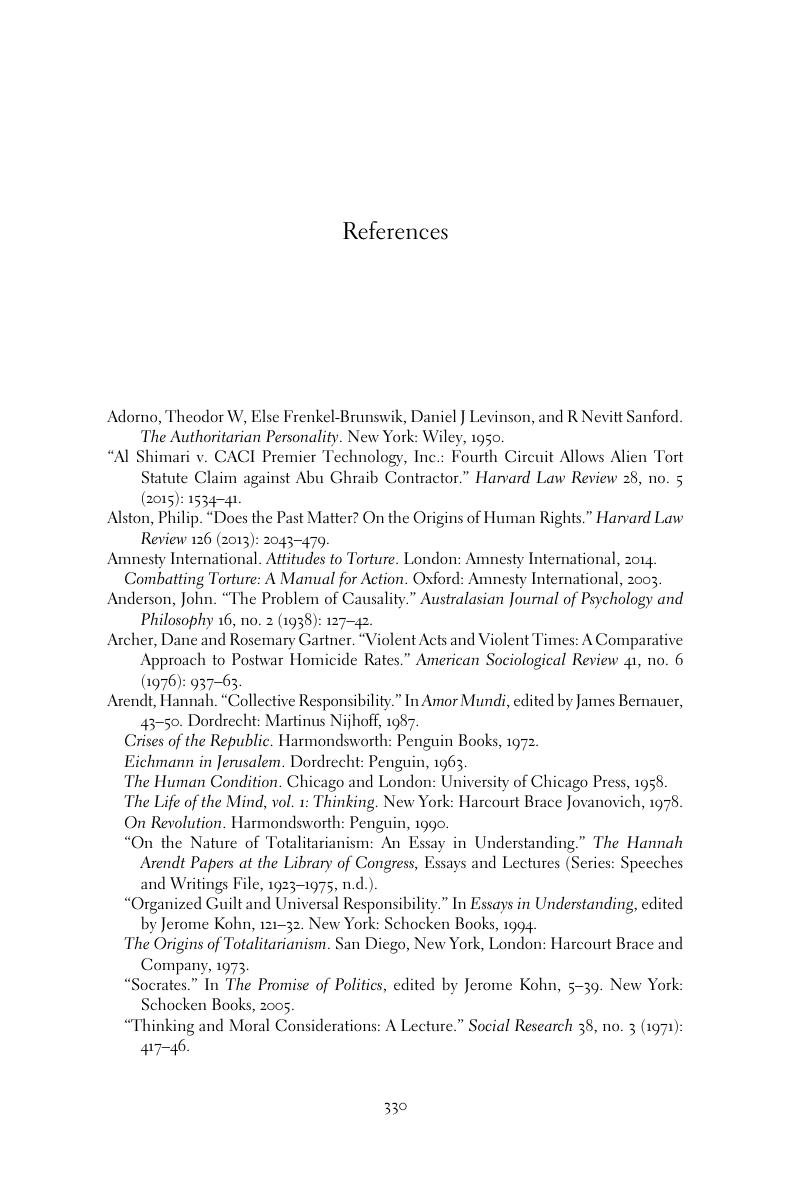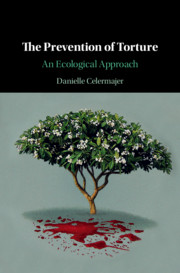Book contents
- The Prevention of Torture
- The Prevention of Torture
- Copyright page
- Dedication
- Contents
- Acknowledgments
- Abbreviations
- Introduction
- Vignette 1
- 1 The Principal Approaches to Preventing Torture
- Vignette 2
- 2 How Effective Has Torture Prevention Been?
- Vignette 3
- 3 The Situational Conditions of Institutional Violence
- Vignette 4
- 4 The Production of Worlds of Torture
- Vignette 5
- 5 Agents, Structures, and the Social Imaginary of Human Rights
- Vignette 6
- 6 Taking Situational Theory to the Field
- Vignette 7
- 7 The Promises and Hazards of Practice
- Vignette 8
- Conclusion
- References
- Index
- References
References
Published online by Cambridge University Press: 31 August 2018
- The Prevention of Torture
- The Prevention of Torture
- Copyright page
- Dedication
- Contents
- Acknowledgments
- Abbreviations
- Introduction
- Vignette 1
- 1 The Principal Approaches to Preventing Torture
- Vignette 2
- 2 How Effective Has Torture Prevention Been?
- Vignette 3
- 3 The Situational Conditions of Institutional Violence
- Vignette 4
- 4 The Production of Worlds of Torture
- Vignette 5
- 5 Agents, Structures, and the Social Imaginary of Human Rights
- Vignette 6
- 6 Taking Situational Theory to the Field
- Vignette 7
- 7 The Promises and Hazards of Practice
- Vignette 8
- Conclusion
- References
- Index
- References
Summary

- Type
- Chapter
- Information
- The Prevention of TortureAn Ecological Approach, pp. 330 - 350Publisher: Cambridge University PressPrint publication year: 2018

